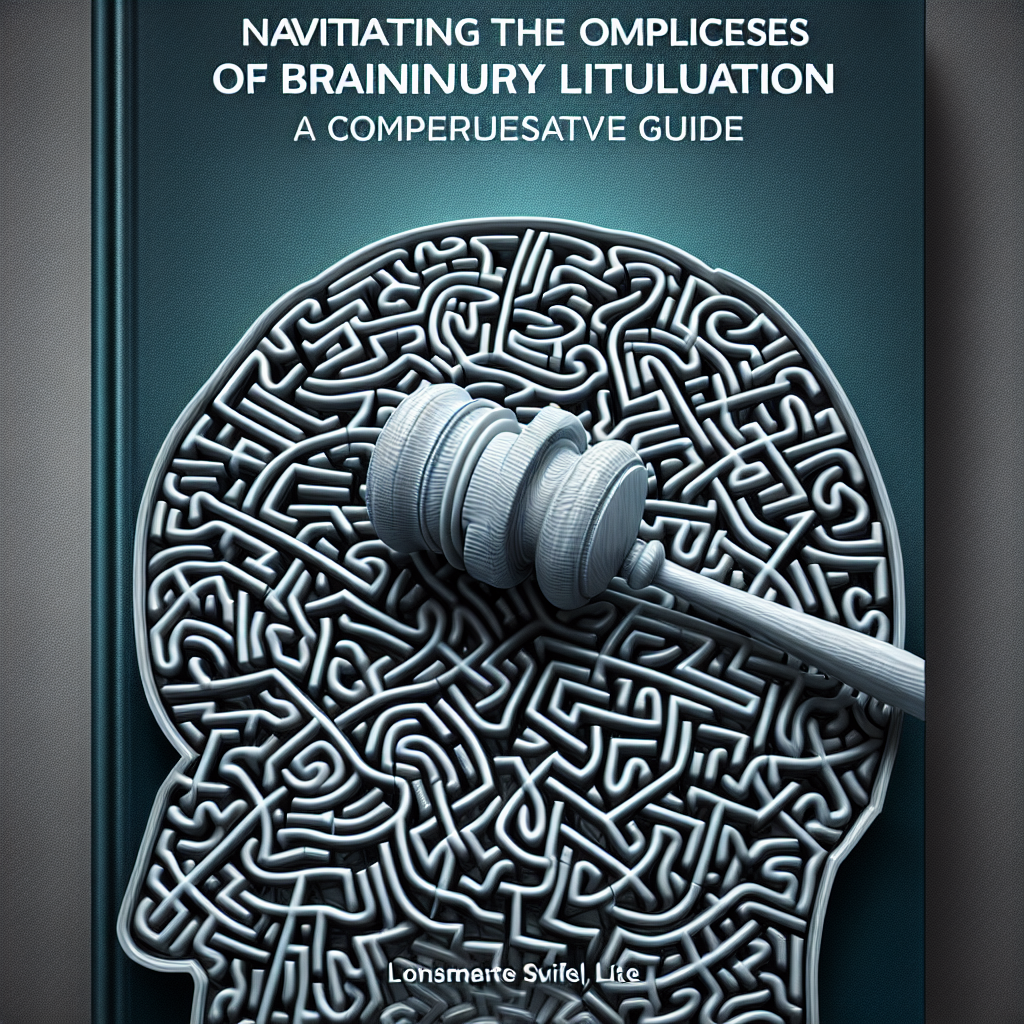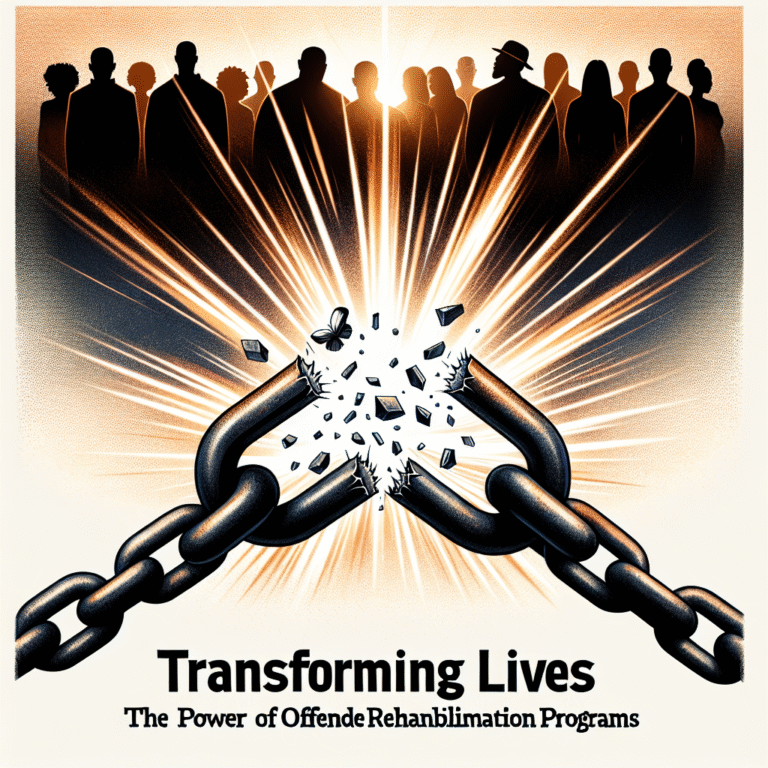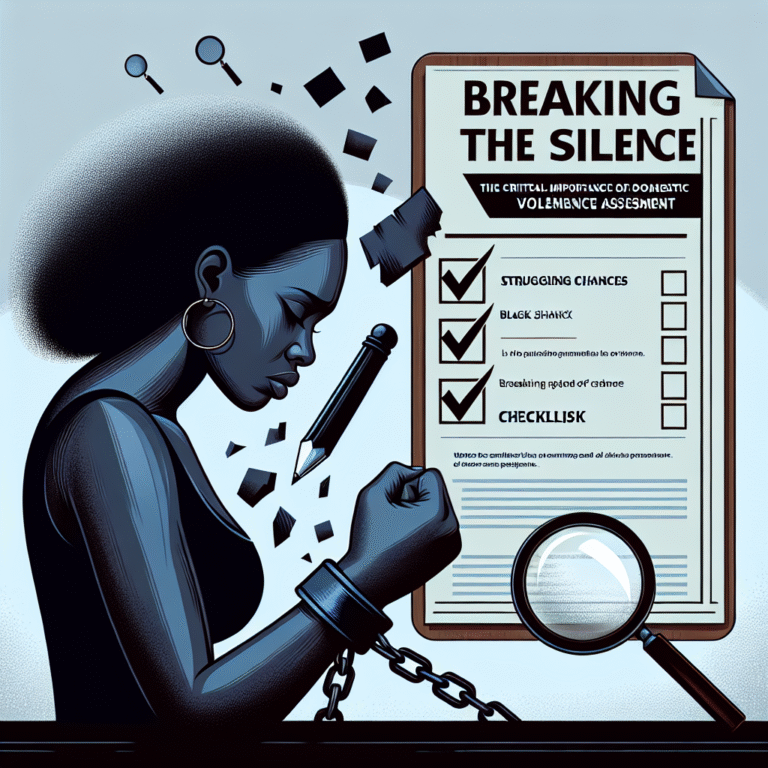
Introduction
Every year, thousands of individuals suffer traumatic brain injuries (TBIs) that alter the trajectory of their lives. These injuries can be life-changing, impacting not just health but also families, finances, and futures. Given the emotional and psychological toll, it’s vital for victims to understand their rights and navigate the murky waters of brain injury litigation. This article, titled Navigating the Complexities of Brain Injury Litigation: A Comprehensive Guide, aims to provide you with essential insights and actionable steps to seek justice effectively.
Understanding Brain Injuries
What Constitutes a Brain Injury?
Brain injuries can be classified into two main categories: traumatic and non-traumatic.
Traumatic Brain Injuries (TBIs) occur when an external force causes damage. Common causes include car accidents, falls, and sports injuries.
- Non-Traumatic Brain Injuries occur due to internal factors, such as strokes or infections.
Symptoms of Brain Injuries
Symptoms of brain injuries can be diverse and depend on the severity of the injury. Common signs include:
- Cognitive Impairments: Memory loss, difficulties in concentration.
- Physical Symptoms: Headaches, dizziness, fatigue.
- Emotional Changes: Anxiety, depression, mood swings.
Understanding these symptoms is critical in establishing the impacts of the injury during litigation.
The Importance of Legal Representation
Choosing the Right Lawyer
Navigating brain injury litigation can be daunting, which is why having a qualified attorney is essential. Here’s what to look for:
Experience in Personal Injury Law
Select an attorney who specializes in personal injury law, particularly in cases involving brain injuries.
Track Record of Success
Research your potential attorney’s history with similar cases. Look for successful settlements and verdicts, as this can provide assurance of their expertise.
Building a Strong Case
Collecting Evidence
To succeed in brain injury litigation, a robust case must be built. Here are key elements to focus on:
- Medical Records: Document all medical treatments and evaluations related to the injury.
- Expert Testimony: Medical professionals can provide expert opinions on the severity of injuries and future implications.
- Witness Accounts: Collect statements from individuals who observed the incident.
Case Study: The Johnson Family
In 2019, the Johnson family filed a lawsuit after their son suffered a TBI in a motorcycle accident. The family secured expert testimonies regarding long-term impacts and collected extensive medical documentation. Ultimately, they were awarded a significant settlement reflecting the injury’s lifetime costs.
Analysis
This case illustrates the importance of comprehensive medical documentation and expert witnesses in establishing the validity of claims, especially in TBI cases.
Navigating the Legal Process
Filing the Lawsuit
Once evidence is gathered, the next step is filing the lawsuit:
Statute of Limitations: Be aware of the time limits to file a claim, as these can vary by state.
- Jurisdiction: Determine where to file your claim, often influenced by where the injury occurred.
Discovery Phase
The discovery phase is where both parties exchange evidence. It’s crucial to remain organized and responsive during this period.
Negotiation and Settlement
Most brain injury cases are settled before going to trial. Here’s how to negotiate effectively:
Know Your Worth: Have a clear understanding of the financial implications of the injury, including medical costs and lost wages.
- Be Prepared to Walk Away: Sometimes negotiation may lead to low-ball offers. Always consider the implications before accepting a settlement.
Trial Process
What to Expect
If your case goes to trial, understanding the process is vital:
Jury Selection: Jurors are chosen based on both parties’ preferences.
Opening Statements: Each party outlines their case before the jury.
Presentation of Evidence: Both sides present their evidence, including witness testimonies and expert opinions.
- Closing Arguments: Lawyers summarize their cases before the jury deliberates.
Case Study: The Reynolds Verdict
In a 2021 case, the Reynolds family took their claim to trial, asserting that a negligent driver caused their son’s traumatic brain injury. They presented compelling evidence, including medical records and emotional testimony. The jury awarded them a significant amount, accounting for both present and future medical needs.
Analysis
This case serves as a reminder that proper preparation and dramatic presentation can lead to favorable verdicts in complex brain injury cases.
Common Challenges
Proving Negligence
A core element of most personal injury cases is proving negligence. This often requires demonstrating:
- Duty of Care: The responsible party owed a duty of care.
- Breach of Duty: This duty was breached through negligent actions.
- Causation: The breach directly caused the injury.
Mitigating Factors
Insurance companies often attempt to minimize claims by pointing to pre-existing conditions or contributing factors. Having robust evidence is key to countering these claims.
The Role of Insurance Companies
Understanding Insurance Tactics
Insurance companies often employ strategies to reduce or deny claims. Familiarizing yourself with common tactics can help:
Delaying Payment: Insurance companies may delay processing to pressure victims into lower settlements.
- Questioning Medical Necessity: They might challenge treatment effectiveness or necessity.
How to Deal with Insurance Adjusters
Document Everything: Keep records of all communications.
- Don’t Give Recorded Statements Without Legal Advice: Recording conversations can be used against you.
Closing the Case
Finalizing Settlements
Upon successfully navigating the complexities of brain injury litigation and reaching a settlement:
Review Settlement Terms: Ensure that all future medical needs and damages are covered.
- Understand Tax Implications: Consult with a tax professional regarding the settlement.
Emotional Aftermath
Even after a case is settled, emotional healing is necessary. Consider counseling or support groups for lasting recovery.
Conclusion
Navigating the complexities of brain injury litigation is not just about pursuing compensation; it’s about seeking justice and reclaiming control of one’s life. With these insights and practical guidance, you can embark on your journey armed with knowledge and empowered to fight for your rights.
Remember: You are not alone in this journey, and with determination, you can emerge victorious.
FAQs
1. How long does brain injury litigation typically take?
The duration can vary significantly based on the complexity of the case and court schedules, typically ranging from a few months to several years.
2. What types of damages can I claim?
You may claim medical expenses, lost wages, pain and suffering, and future care costs, among others.
3. Do I need to go to trial for compensation?
Not necessarily. Many cases settle before reaching trial, but be prepared for both scenarios.
4. How can I prove my brain injury was caused by negligence?
Gather robust evidence including medical documentation, expert testimonials, and witness accounts to establish a strong case.
5. What if I can’t afford a lawyer?
Many personal injury lawyers work on a contingency fee basis, meaning they only get paid if you win your case, making legal representation accessible.
In this comprehensive guide, we have explored the multi-faceted landscape of brain injury litigation. By understanding the nuances and focusing on detail, you can navigate this challenging process more effectively, helping you achieve the justice you deserve.

















